_____ cells of the pancreas are exocrine islet _____ cells of the pancreas are endocrine foregut endoderm the parenchymal cells of the pancreas are derived from dorsal and ventral two fields of the pancreas begin to develop and bud off of the gut tube, these are termedThe pancreas has many functions, served by the endocrine cells in the islets of Langerhans and the exocrine acinar cells Pancreatic cancer may arise from any of these and disrupt any of their functions The many types of pancreatic cancer can be divided into two general groups The vast majority of casesExocrine cells of the pancreas are defined as cells that release a substance through a duct to epithelial cells (cells that form an outer layer of the body) Pancreatic duct cells
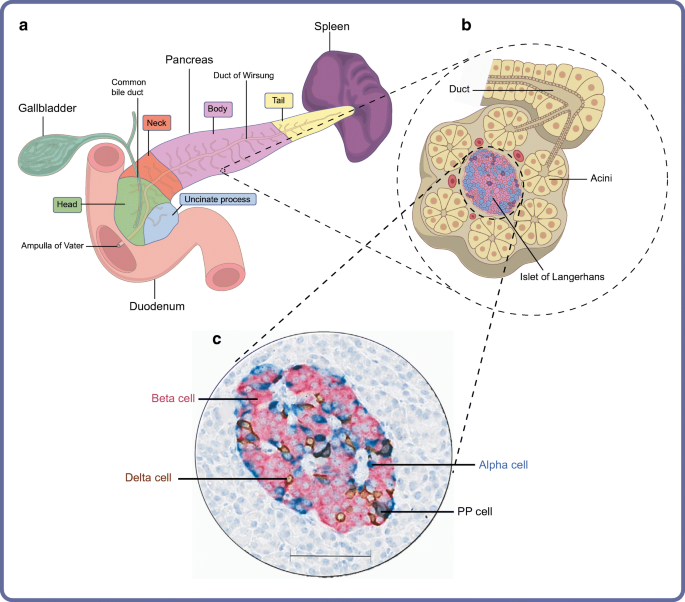
Organisation Of The Human Pancreas In Health And In Diabetes Springerlink
Exocrine cells of pancreas
Exocrine cells of pancreas-Pancreatic enzymes are synthesized and stored in pancreatic acinar cells as inactive zymogens As a result, these powerful digestive enzymes are prevented from destroying pancreatic tissue As described below, these enzymes only become active once fully secreted into the body of the small intestine which possess sufficient mucosal protectionExocrine pancreatic cancer develops from exocrine cells, which make up the exocrine gland and ducts of the pancreas The exocrine gland secretes enzymes that help break down carbohydrates, fats, proteins and acids in the duodenum The various types of exocrine pancreatic cancers make up more than 95 percent of all cancers of the pancreas



1
The exocrine pancreas is amenable to evaluation by morphologic, biochemical and molecular methods Evaluation of the toxicity of agents for the exocrine pancreas must be done almost entirely in vivo for practical reasons Culture of acinar cells isThe exocrine pancreas, which is composed of acinar and ductal epithelial cells, accounts for nearly 98% of the adult pancreatic mass (12) The structure of the exocrine and endocrine pancreas has been extensively studied due the clinical importance of pancreasspecific diseases such as diabetes, pancreatic cancer and pancreatitisPancreas The cells of the exocrine pancreas are located in discretely organized acini, while cells of the endocrine pancreas are represented by cell clusters with little apparent arrangement 100x Image taken of a slide in the University of Mississippi collection
Exocrine Secretions of the Pancreas Pancreatic juice is composed of two secretory products critical to proper digestion digestive enzymes and bicarbonate The enzymes are synthesized and secreted from the exocrine acinar cells, whereas bicarbonate is secreted from the epithelial cells lining small pancreatic ductsMost of the pancreas is exocrine, composed primarily of _____ cells that secrete digestive enzymes acinar Some of the pancreas is endocrine, composed of _____ cells that secrete insulin, glucagon, somatostatin, and pancreatic polypeptideAlthough the nuclei in both a and b cells are reddish, the insulin secretory granules in the beta (or B) cells cause the cytoplasm to stain a pale bluegreen with the chromealum hematoxylin The alpha (or A) cells, containing secretory granules of glucagon, are stained reddish
The endocrine pancreas that secretes insulin and glucogon is more lightly stained and its cells cluster to form the Islets of Langerhans The rest of the image consists of the exocrine pancreas that produces several enzymes critical for digestion and adsorption of food Note how the cells of the exocrine pancreas form small clusters or acini4 rowsThe pancreas is both an exocrine accessory digestive organ and a hormone secreting endocrineThe endocrine portion is arranged as discrete islets of Langerhans, which are composed of five different endocrine cell types (alpha, beta, delta, epsilon, and upsilon) secreting at least five hormones including glucagon, insulin, somatostatin, ghrelin, and pancreatic polypeptide, respectively The pancreas is a composite organ, which has exocrine and




Exocrine Pancreas An Overview Sciencedirect Topics




Pancreas Wikipedia
What is the exocrine portion of the pancreas called?The pancreas is divided into an exocrine portion (acinar and duct tissue) and an endocrine portion (islets of Langerhans) The exocrine portion, comprising 85% of the mass of the pancreas, secretes digestive enzymes, (more) what do acini secrete in pancreas?Almost all of the pancreas (95%) consists of exocrine tissue that produces pancreatic enzymes for digestion The remaining tissue consists of endocrine cells called islets of Langerhans These clusters of cells look like grapes and produce hormones that regulate blood sugar and regulate pancreatic secretions Click to see full answer



What Is The Function Of The Pancreas In Both Endocrine And Exocrine Systems Quora




The Pancreas Structure Role Pathology Study Com
The pancreas serves two functions, endocrine and exocrine The exocrine function of the pancreas is involved in digestion, and these associated structures are known as the pancreatic acini The pancreatic acini are clusters of cells that produce digestive enzymes and secretions and make up the bulk of the pancreasThe exocrine pancreas is classified as a compound tubuloacinous gland The cells that synthesize and secrete digestive enzymes are arranged in grapelike clusters called acini, very similar to what is seen in salivary glands In standard histologic sections, most acini are cut obliquely, making it difficult to discern their characteristic shapeExocrine pancreatic cancer is the most common type Exocrine cells release the digestive enzymes through ducts These cells make up most of the pancreas The pancreatic ducts come together to form the main pancreatic duct This main duct joins the bile duct of the liver to form the ampulla of Vater, located in the duodenum




Pancreas Histology Osmosis




Jci The Pancreatic Stellate Cell A Star On The Rise In Pancreatic Diseases
The exocrine cells (acinar cells) of the pancreas produce and transport chemicals that will exit the body through the digestive system The chemicals that the exocrine cells produce are called enzymes They are secreted in the duodenum where they assist in the digestion of foodAn essential pancreatic function is the conversion of food into fuel for the body's cells The exocrine part produces mainly digestive enzymes and helps in digestion, whereas the endocrine part is responsible for the regulation of carbohydrate metabolism (ie bloodThe pancreas is a digestive organ that digestive the food material in the small intestine It consists of endocrine glands and exocrine glands Endocrine glands produce or secrets insulin and glucagon Endocrine glands consist of islets of Langerhans cells These islets cell produces the hormones
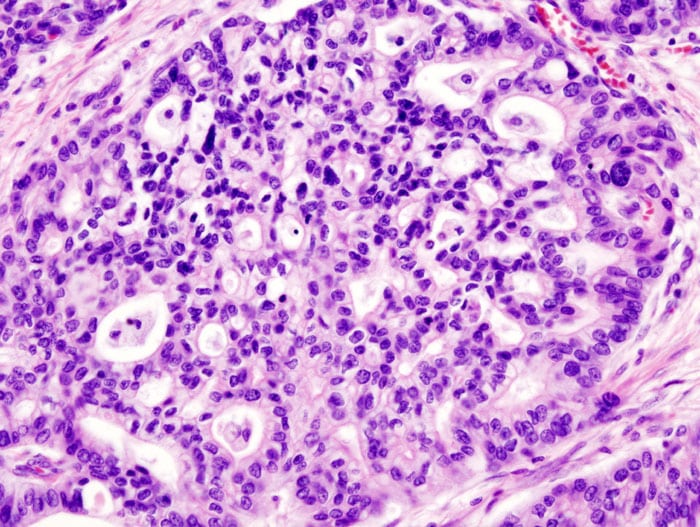



The Exocrine Pancreas Function Secretion Regulation




Pancreas Function Pancreatic Cancer Johns Hopkins Pathology
Pancreatic cells control many important physiological functions in our body Unlike other glands in the body, the pancreas is both an endocrine and an exocrine gland Due to its endocrine function, it helps in the maintenance of blood glucose levels and body growthThe pancreatic acinar cell is the functional unit of the exocrine pancreas It synthesizes, stores, and secretes digestive enzymes Under normal physiological conditions, digestive enzymes are activated only once they have reached the duodenumFunction The exocrine secretion of the pancreas consists of enzymes that digest food in the small intestine, and sodium bicarbonate to neutralize hydrochloric acid from the stomach in the duodenum See pancreatic juice The islets of Langerhans contain alpha, beta, and delta cells



Team Esbs Strasbourg Proteolux Application Cancer 10 Igem Org




Regeneration Of The Exocrine Pancreas The Exocrine Pancreas Is Download Scientific Diagram
NCI's Dictionary of Cancer Terms provides easytounderstand definitions for words and phrases related to cancer and medicineBeta Cell Drivers of Pancreatic Cancer Mandar Muzumdar, MD, Yale University Obesity and Pancreatic Ductal Adenocarcinoma Invited Zobeida Cruz Monserrate, PhD, The Ohio State University Decreased Exocrine Mass in Type 1 Diabetes Martha CampbellThompson, DVM, PhD, University of Florida Effects of Hyperinsulinism on Exocrine CellsIn COVID19 fullbody postmortem examinations, we detected SARSCoV2 nucleocapsid protein in pancreatic exocrine cells, and in cells that stain positive for the βcell marker NKX61 and are in




Implications Of Integrated Pancreatic Microcirculation Crosstalk Between Endocrine And Exocrine Compartments Diabetes




Engineering Of A Functional Pancreatic Acinus With Reprogrammed Cancer Cells By Induced Ptf1a Expression Lab On A Chip Rsc Publishing
Pancreatic exocrine cancer is a disease where cells of the pancreas grow at an outofcontrol rate and form tumors 94% of pancreatic cancers occur in the exocrine cells, as stated by the Pancreatic Cancer Action Network In this type of cancer, tumors form in the ducts of the pancreas4 rowsAbout 94% of pancreatic cancers are classified as exocrine tumors These tumors start in theAcinar cells are the exocrine (exo=outward) cells of the pancreas
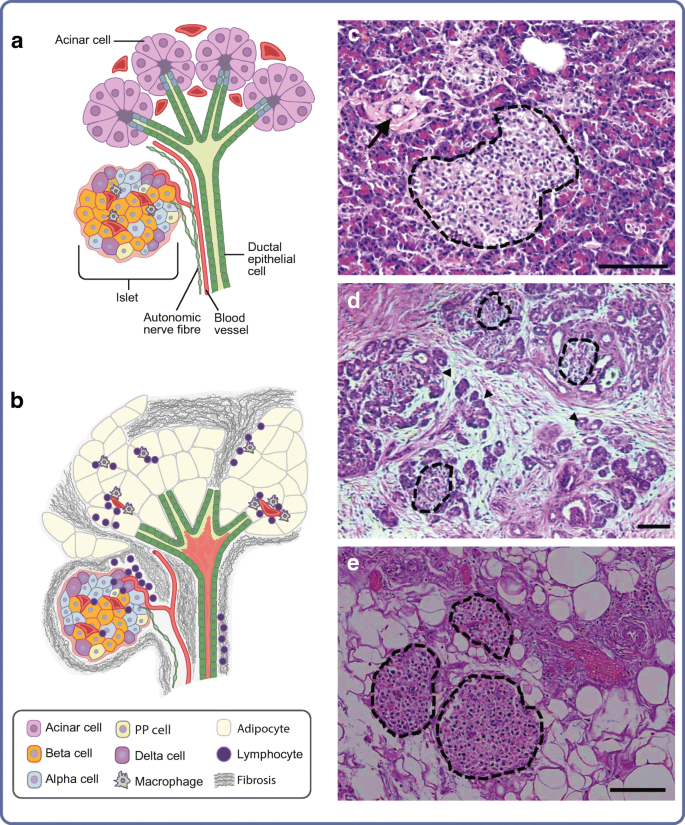



A Tale Of Two Pancreases Exocrine Pathology And Endocrine Dysfunction Springerlink



E Pancreas Hook Ap Psychology 1b
Neonatal exocrine pancreatic secretory immaturity potential mechanisms and investigative approaches J Pediatr Gastroenterol Nutr 1986 Jan;Exocrine Pancreas – The Functional Unit The functional unit of the exocrine pancreas includes the acinus and its duct system The word acinus is from the Latin term for "berry in a cluster" These acinar cells are specialised in enzyme synthesis, storage and secretionThe exocrine cells in the acini produce digestive enzymes that are secreted from the cells and enter the ducts The ducts of many acini connect to form larger and larger ducts until the products of many acini run into the large pancreatic duct The endocrine portion of the pancreas is made of small bundles of cells called islets of Langerhans Many capillaries run through each islet to carry
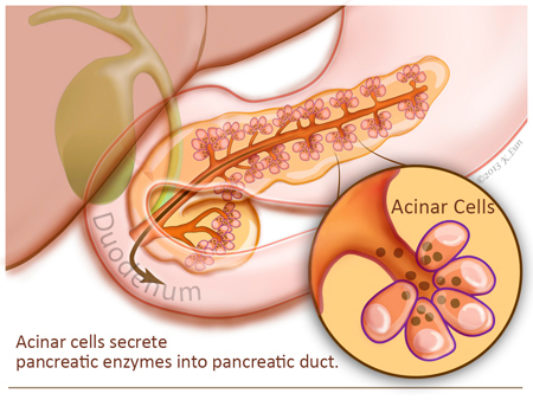



Pancreas Function Pancreatic Cancer Johns Hopkins Pathology
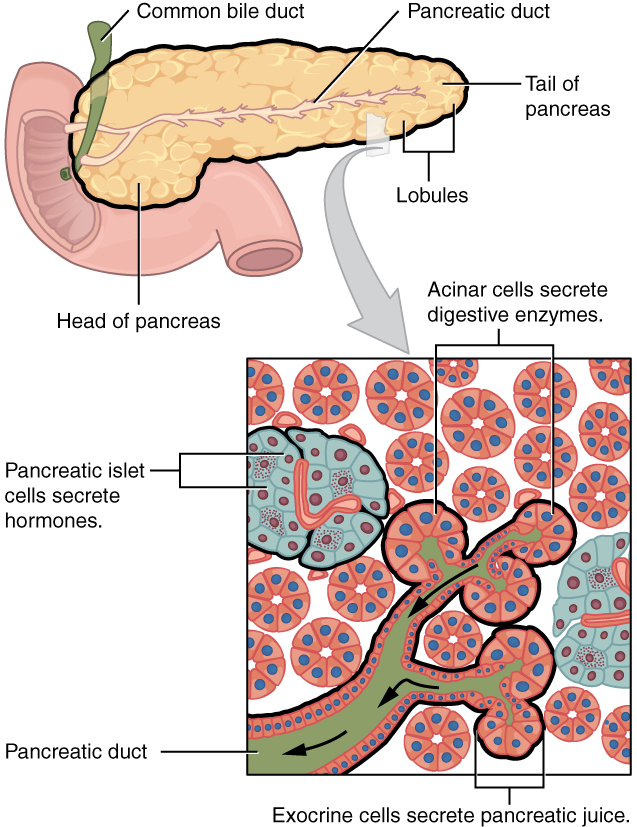



File 2424 Exocrine And Endocrine Pancreas Jpg Wikimedia Commons
5 (1)1–4 Dubois PM, Paulin C, Chayvialle JA Identification of gastrinsecreting cells and cholecystokininsecreting cells in the gastrointestinal tract of the human fetus and adult manExocrine pancreas The exocrine pancreas also affects the timing and release of chyme The better the production of bicarbonate and digestive enzymes, the better regulated the flow of nutrients and the better the quality of nutrient breakdownAlthough the function of the mammalian pancreas hinges on complex interactions of distinct cell types, gene expression profiles have primarily been described with bulk mixtures Here we implemented a dropletbased, singlecell RNAseq method to determine the transcriptomes of over 12,000 individual




Pancreas Secretion An Overview Sciencedirect Topics




The Role Of Ca2 Signalling In The Physiology And Pathophysiology Of Exocrine Pancreas Sciencedirect
The exocrine pancreas is composed of acinar cells and duct cells The most common injury to the exocrine pancreas is pancreatitis, a painful inflammation triggered by various environmental (injuryExocrine part of the pancreas Histologically, the exocrine part of the pancreas shows the typical structure of the serous gland and represents roughly 98% of the organ's tissue The acini consist of strong basophilic cells, which contain numerous secretory granules Acini are made of zymogenic cells that surround a central lumen and areThese cells secrete enzymerich pancreatic juice into tiny merging ducts that form two dominant ducts The larger duct fuses with the common bile duct (carrying bile from the liver and gallbladder) just before entering the Figure 943 Exocrine and Endocrine Pancreas The pancreas has a head, a body, and a tail It delivers pancreatic juice to
:watermark(/images/watermark_only.png,0,0,0):watermark(/images/logo_url.png,-10,-10,0):format(jpeg)/images/anatomy_term/pancreatic-acinar-cells/86g1HQPABGT8iQy0zPdrpg_Exocrine_cell_of_pancreas.png)



Pancreas Histology Exocrine Endocrine Parts Function Kenhub




Pancreas The Pancreas Performs Both Exocrine And Endocrine Activities A An Illustration Shows The Relationship Between The Pa Pancreas Beta Cell Pancreatic
The pancreas is really two separate glands inside the same organ The exocrine gland makes enzymes to break down fats and proteins in foods so the body can use them Most of the cells in the pancreas are part of the exocrine system A smaller number of cells in the pancreas are endocrine cellsQadir et al describe and characterize a population of multipotent, BMP7responsive progenitorlike cells within the human exocrine pancreas These cells are characterized by the expression of PDX1 and ALK3, a canonical BMP receptor Their findings shed new light on potential regenerative pathways in the human pancreasThe acinar cells of the exocrine pancreas synthesize digestive enzymes in basallylocated rough endoplasmic reticulum The enzymes, in their inactive form, are packaged into secretory granules and then released into the duct system The enzymes are not activated until they reach the lumen of the duodenum The acinar cells of the exocrine



Normal Pancreas Pancreas Org



3
The exocrine pancreas comprises the majority cell population and volume of the pancreas The exocrine pancreas is divided into lobules, which are separated by thin fibrovascular septa that coalesce with the pancreatic capsule which surrounds the organ The main purpose of the exocrine pancreas is the production and secretion of diverseThe acinar cell of the exocrine pancreas has the greatest rate of protein synthesis of any mammalian organ The acinar cell has a highly developed endoplasmic reticulum (ER) system combined with mechanisms to modify and transport newly synthesized proteins through the secretory pathway (Figure 6) 2, 26 In addition to its functions in performing protein synthesisOf exocrine cells The results are presented, where appropriate, relative to a cubic centimeter of pancreas, a cubic centimeter of exocrine cell cytoplasm, and to the volume of an average exocrine cell The exocrine cells, accounting for 0/, of the pancreas volume, consisted of 54% cytoplasmic matrix, 22% roughsurfaced endoplasmic reticulum




Biliary Passages Pancreas Objectives The Student Should Be




Exocrine Glands Bioninja




Types Of Pancreatic Cancer Pancreatic Cancer Uk




Pancreatic Cancer Treatment Symptoms Cause Stages Survival Rates




The Roles Of Calcium And Atp In The Physiology And Pathology Of The Exocrine Pancreas Physiological Reviews




Carbonic Anhydrase Ii Positive Pancreatic Cells Are Progenitors For Both Endocrine And Exocrine Pancreas After Birth Pnas
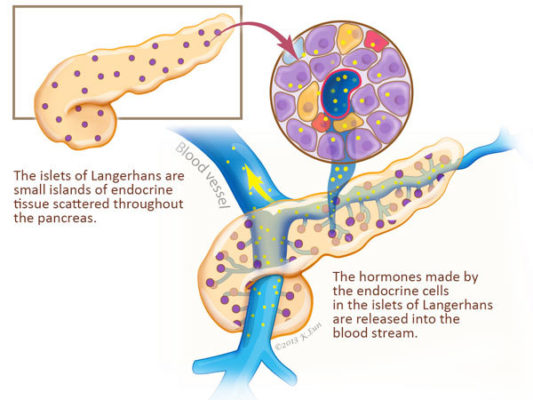



Pancreas Function Pancreatic Cancer Johns Hopkins Pathology




Exocrine Pancreatic Insufficiency In Dogs Vca Animal Hospital




Pancreatic Islets Wikipedia



Exocrine Pancreas




Figure 8 From Studies On Dispersed Pancreatic Exocrine Cells Ii Functional Characteristics Of Separated Cells Semantic Scholar




F Col Tem Of Acinar Cells In Exocrine Pancreas Print



Lecture 14 Liver Gallbladder Pancreas




Pdf The Cystic Fibrosis Of Exocrine Pancreas Semantic Scholar




P2ry1 Alk3 Expressing Cells Within The Adult Human Exocrine Pancreas Are Bmp 7 Expandable And Exhibit Progenitor Like Characteristics Cell Reports




Regeneration Of The Exocrine Pancreas The Exocrine Pancreas Is Download Scientific Diagram



Exocrine Secretions Of The Pancreas




Electron Micrograph Of Pancreatic Exocrine Cells From Control Mole Download Scientific Diagram




Regulation Of The Pancreatic Exocrine Differentiation Program And Morphogenesis By Onecut 1 Hnf6 Sciencedirect



Functional Anatomy Of The Endocrine Pancreas



1
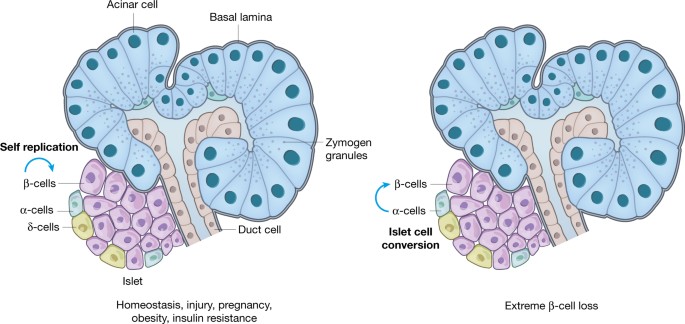



Pancreas Regeneration Nature




Diagram Of The Functional Organization Of The Exocrine Pancreas A The Download Scientific Diagram
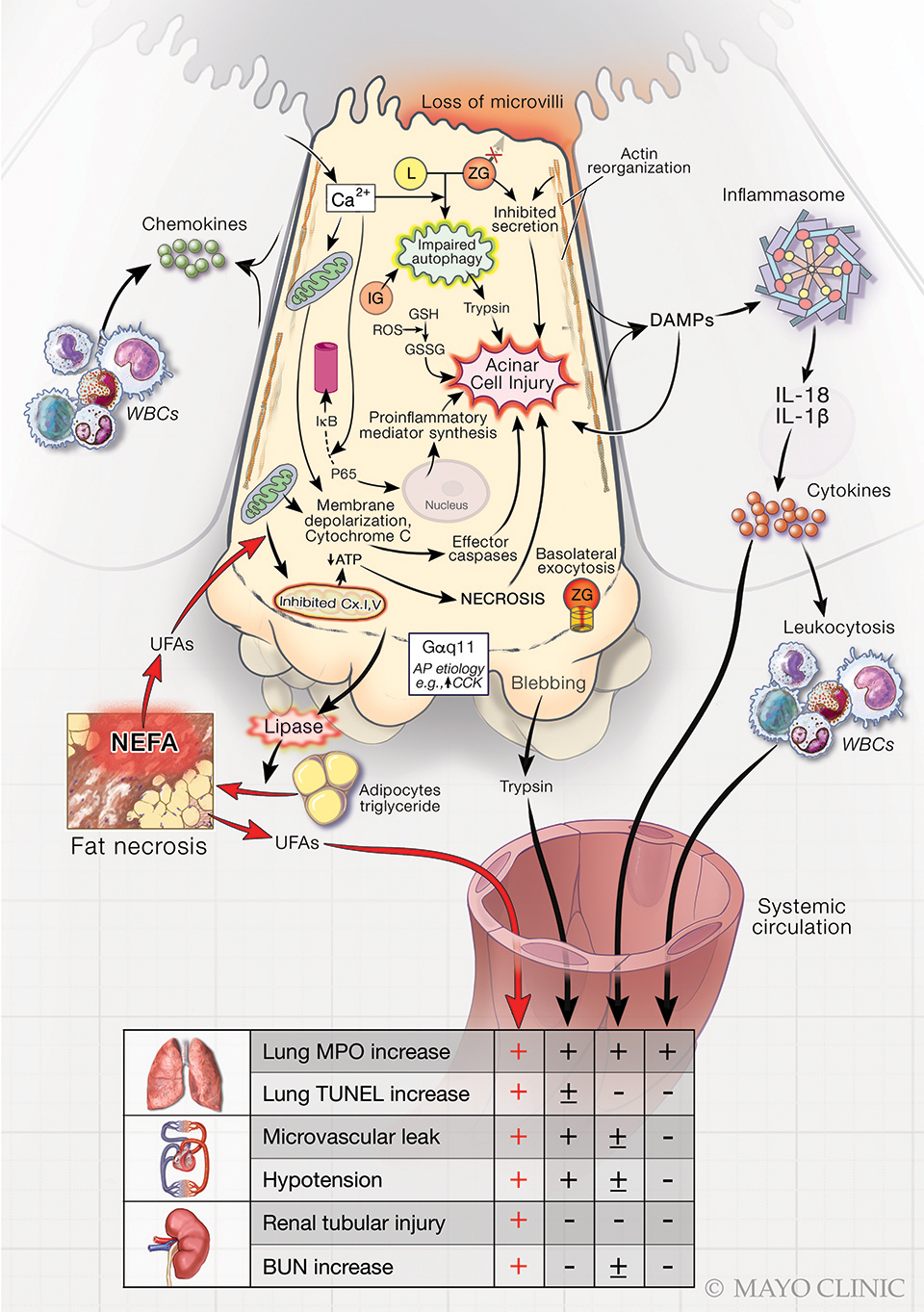



Vesicular Trafficking Cytoskeletal Dynamics And Signaling In Acinar Cells Mayo Clinic Research




Ib Hl 1 2 A1




Acinar Cell The Definitive Guide Biology Dictionary




Cancers Free Full Text Stem Cells In The Exocrine Pancreas During Homeostasis Injury And Cancer Html




Changes Of Luminal Ph In The Exocrine Pancreas During Secretion Under Download Scientific Diagram




Implications Of Integrated Pancreatic Microcirculation Crosstalk Between Endocrine And Exocrine Compartments Diabetes



Liver And Pancreas




Cancers Free Full Text Stem Cells In The Exocrine Pancreas During Homeostasis Injury And Cancer Html




Jci Regeneration Of The Pancreatic B Cell




Illustrates The Location Of Endocrine And Exocrine Pancreas In The Download Scientific Diagram



Pancreatic Histology Exocrine Tissue




What Can We Learn From The Islet Of Joslin Medalists Yagihashi Journal Of Diabetes Investigation Wiley Online Library




1 2 A1 Structure And Function Of Organelles Within Exocrine Gland Cells Of The Pancreas And Within Palisade Mesophyll Cells Of The Leaf Sl Bio




Organisation Of The Human Pancreas In Health And In Diabetes Springerlink



Pancreatic Acinar Cells




Illustrates The Location Of Endocrine And Exocrine Pancreas In The Download Scientific Diagram




Pdf Studies On Dispersed Pancreatic Exocrine Cells Semantic Scholar



Liver And Pancreas




What Is Pancreatic Cancer




The Healthy Exocrine Pancreas Contains Preproinsulin Specific Cd8 T Cells That Attack Islets In Type 1 Diabetes




Exocrine Pancreas Draw It To Know It




Color Scanning Electron Micrograph Of An Acinar Exocrine Pancreatic Cell Acinar Cells Produce And Excrete Digestive Enzymes To The Small Intestine Via The Pancreatic Ducts Stock Photo Offset
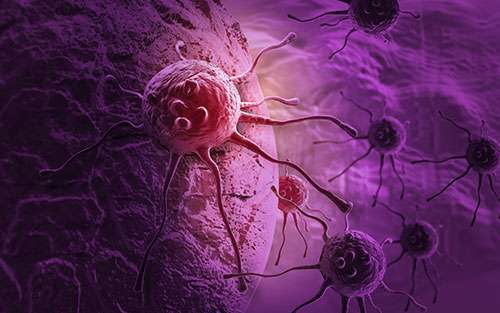



Types Of Pancreatic Cancer Pancreatic Cancer Action Network




Pancreas Wikipedia




Endocrine Pancreatic Cell Types And Their Peptide Secretions Exocrine Download Scientific Diagram




Endocrine Pancreatic Cell Types And Their Peptide Secretions Exocrine Download Scientific Diagram




Pancreas



Pancreatic Histology Exocrine Tissue




Exocrine Pancreas Sciencedirect
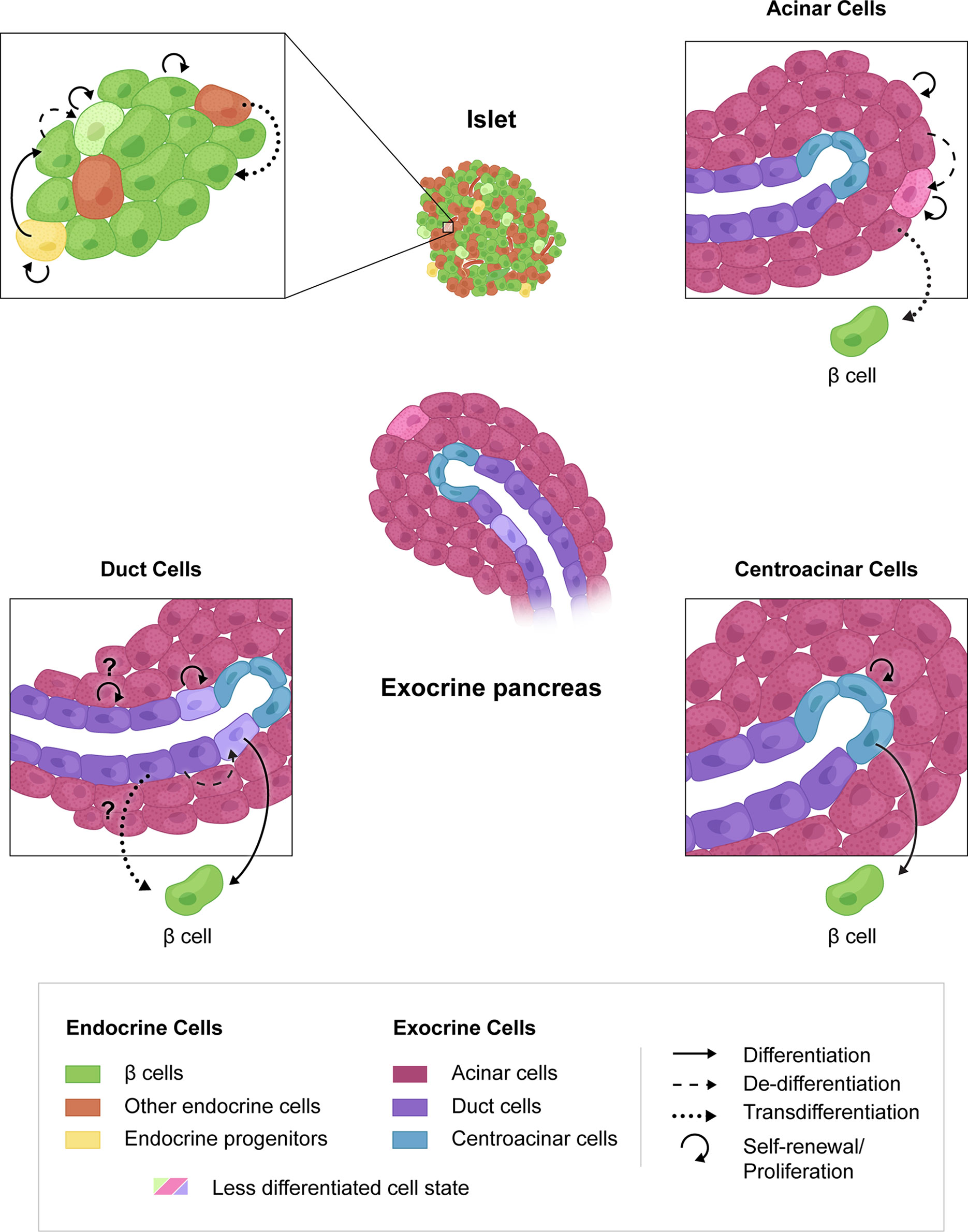



Frontiers Debates In Pancreatic Beta Cell Biology Proliferation Versus Progenitor Differentiation And Transdifferentiation In Restoring B Cell Mass Endocrinology




Question Video Describing The Function Of Pancreatic Exocrine Cells Nagwa



1




Table Table 1 Definitions For Exocrine Pancreas Tnm Stage 0a Pdq Cancer Information Summaries Ncbi Bookshelf




Disorders Of The Exocrine Pancreas Pathophysiology Of Disease An Introduction To Clinical Medicine Lange Medical Books 7th Ed
:watermark(/images/watermark_5000_10percent.png,0,0,0):watermark(/images/logo_url.png,-10,-10,0):format(jpeg)/images/overview_image/1881/CPsIC67xuz6pLt6JhAM6Wg_pancreas-histology_english.jpg)



Pancreas Histology Exocrine Endocrine Parts Function Kenhub
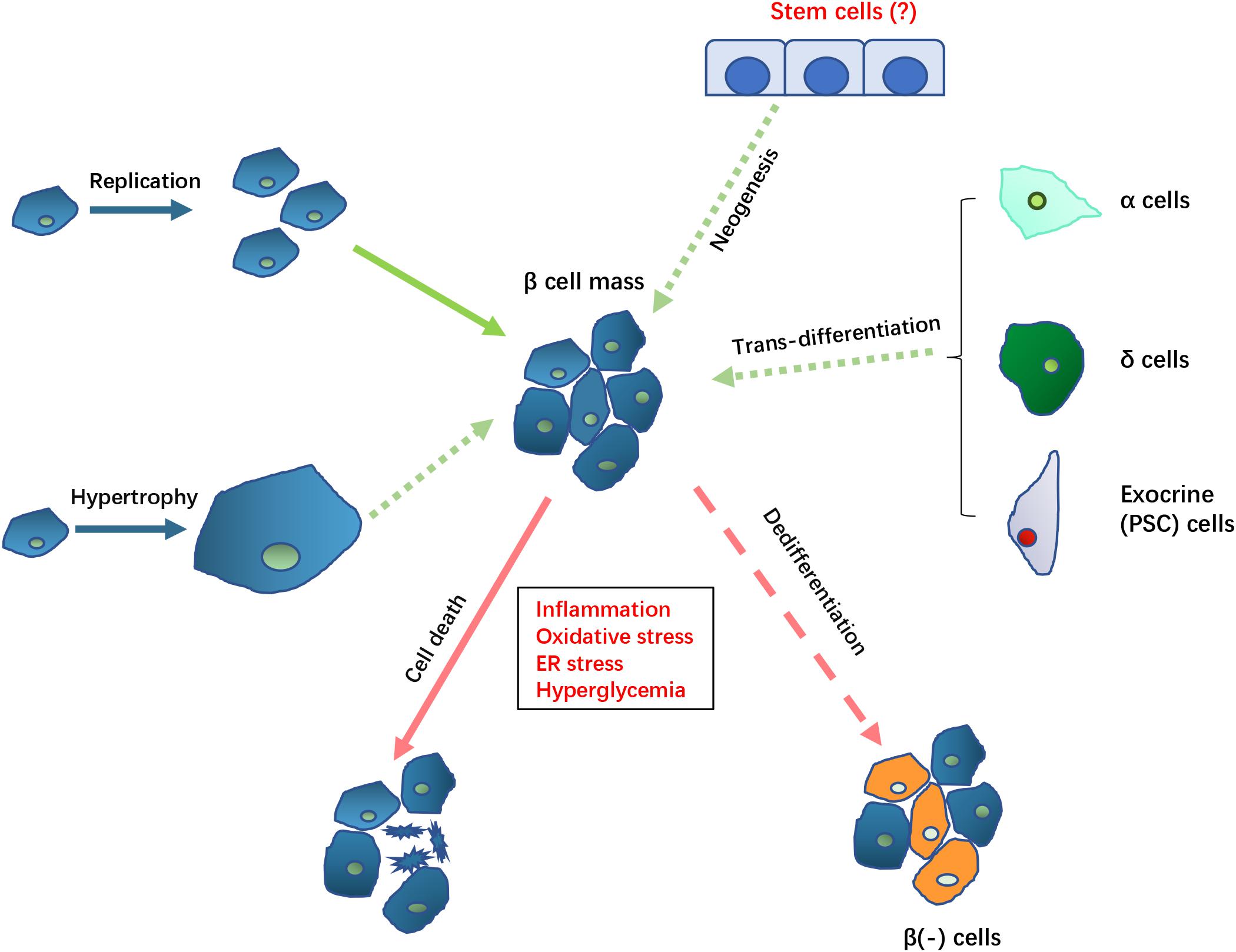



Frontiers Pathological Mechanisms In Diabetes Of The Exocrine Pancreas What S Known And What S To Know Physiology




Implications Of Integrated Pancreatic Microcirculation Crosstalk Between Endocrine And Exocrine Compartments Diabetes



Pancreatic Histology Exocrine Tissue
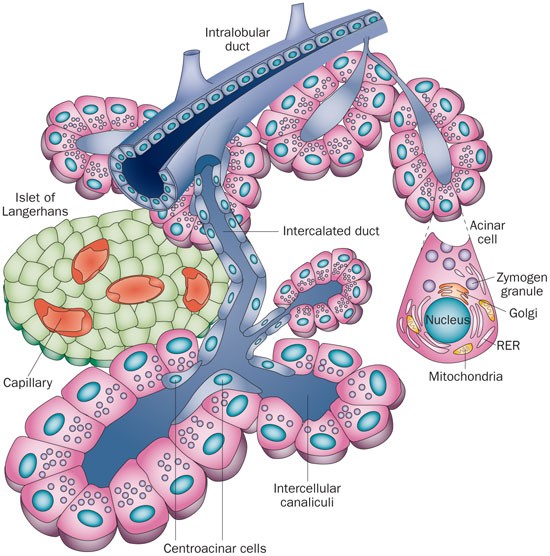



The Role Of Protein Synthesis And Digestive Enzymes In Acinar Cell Injury Nature Reviews Gastroenterology Hepatology
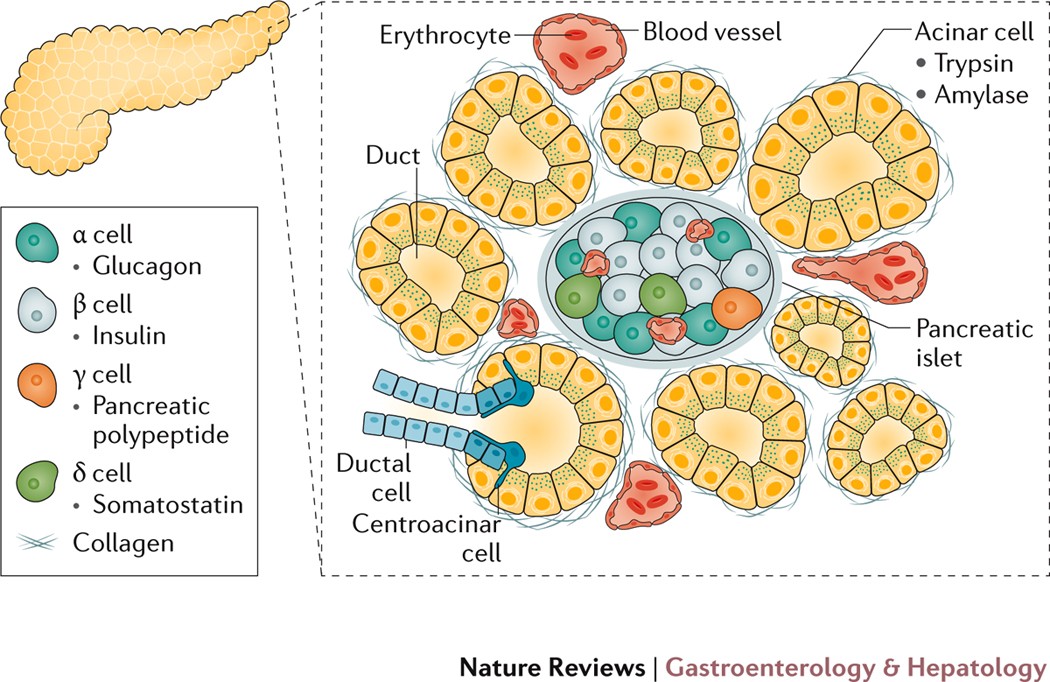



Regenerative Medicine And Cell Based Approaches To Restore Pancreatic Function Nature Reviews Gastroenterology Hepatology



Gross And Microscopic Anatomy Of The Pancreas




Biomedicines Free Full Text Defining Parallels Between The Salivary Glands And Pancreas To Better Understand Pancreatic Carcinogenesis Html
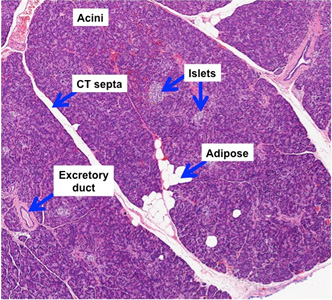



Human Structure Virtual Microscopy




What Is Exocrine Pancreatic Insufficiency Everyday Health




Exocrine Pancreas Flashcards Quizlet
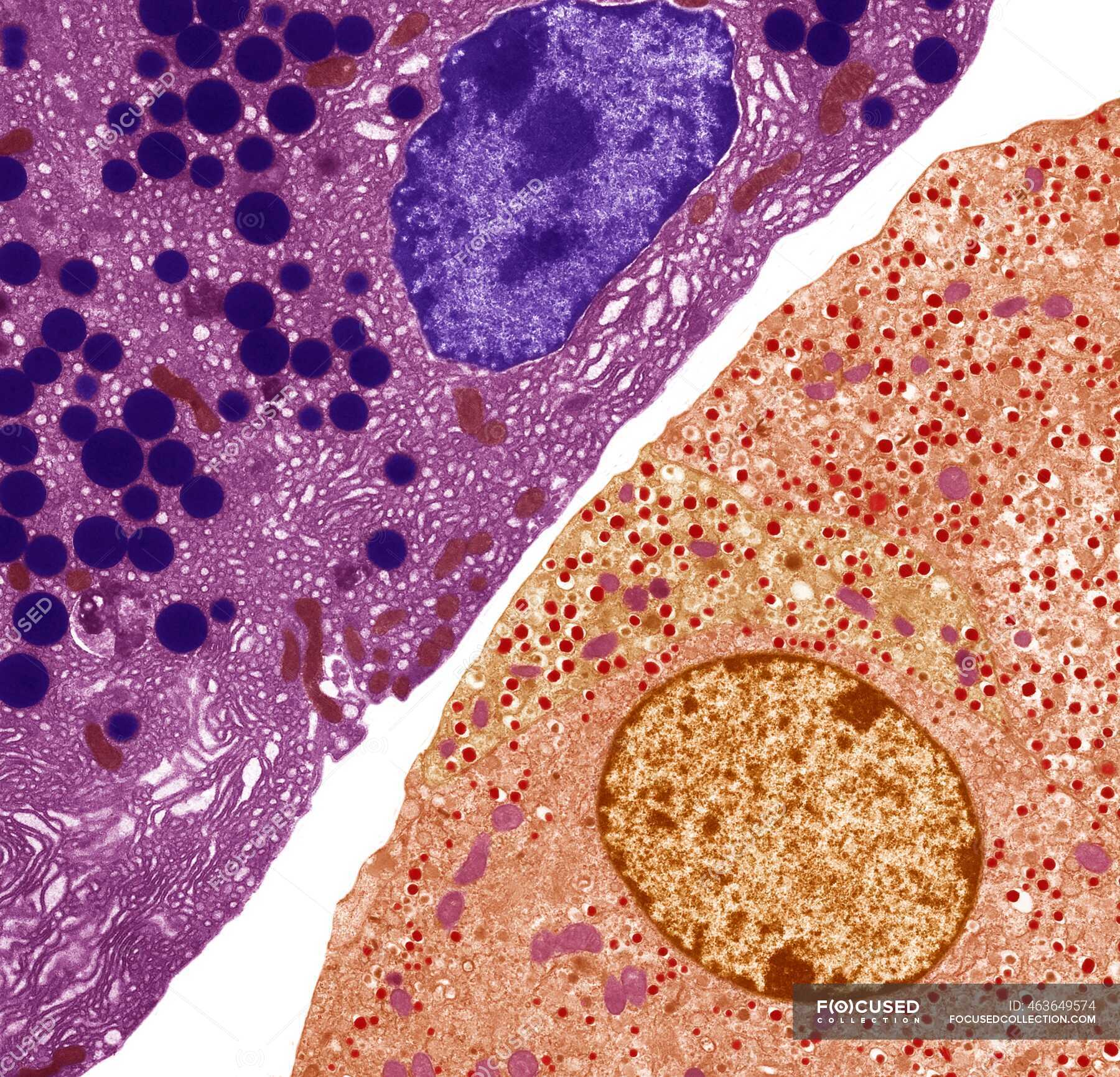



Pancreatic Cells Colored Transmission Electron Micrograph Tem Of Acinar Exocrine Pancreatic Cells Red Adjacent To Hormone Secreting Endocrine Islet Of Langerhans Cells Yellow Anatomical Anatomy Stock Photo
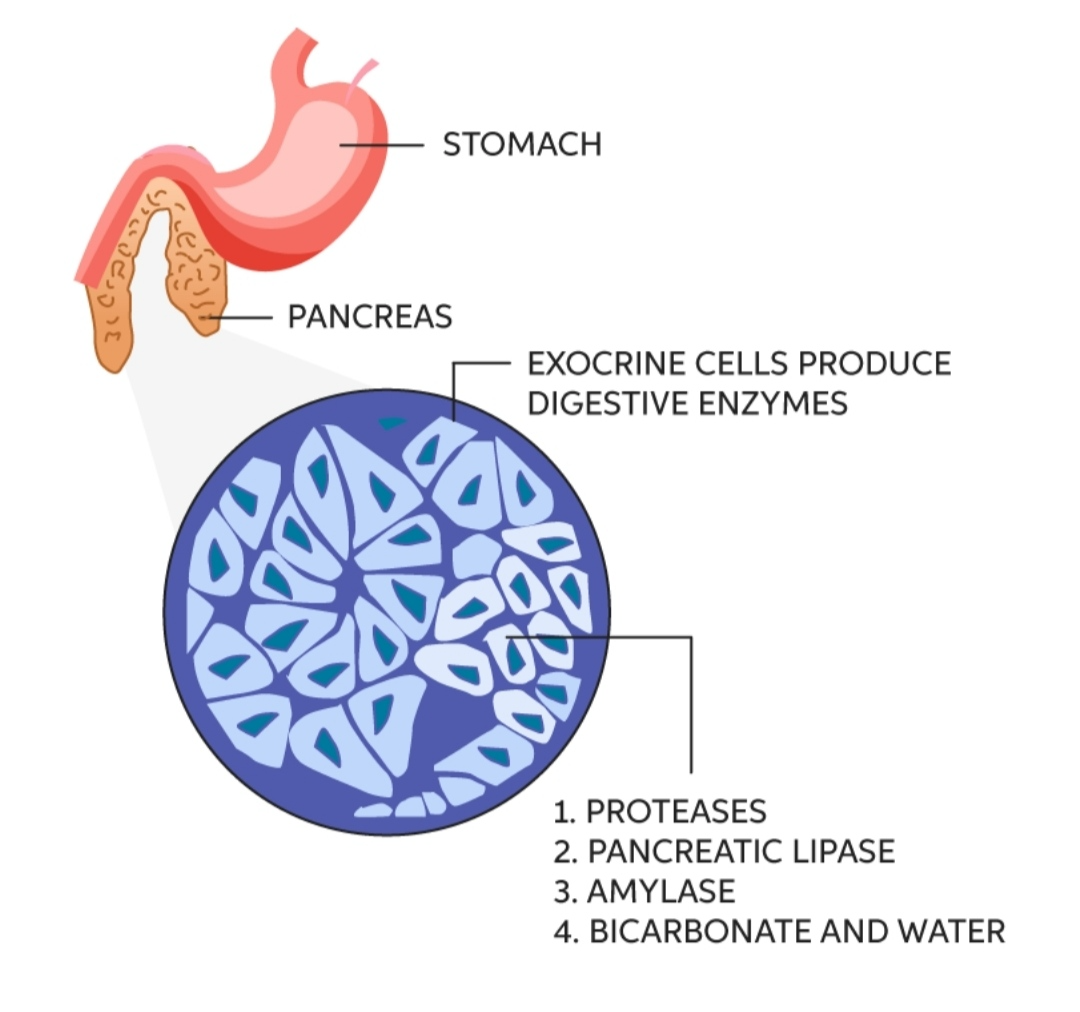



Learn About Exocrine Pancreas Chegg Com
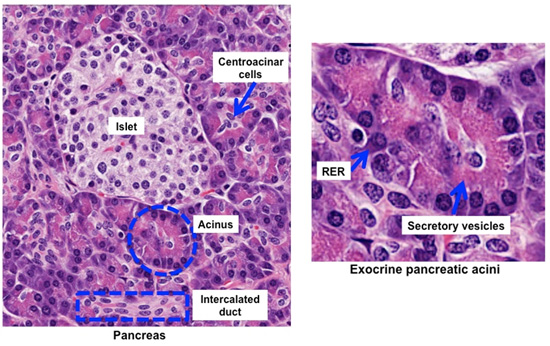



Human Structure Virtual Microscopy




Making B Cells From Adult Cells Within The Pancreas Abstract Europe Pmc
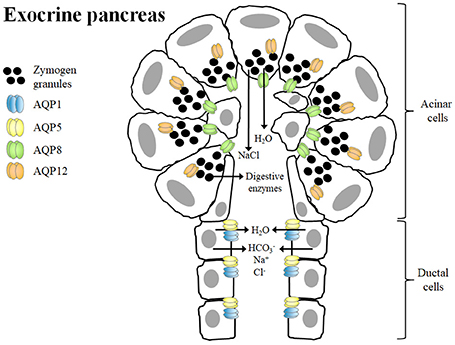



Frontiers Pancreatic Aquaporin 7 A Novel Target For Anti Diabetic Drugs Chemistry




Profiling Human Islet Cells With Laser Capture Microdissection




Regulation Of Pancreatic Exocrine Function By Islet Hormones Pancreapedia




Secretion Of The Human Exocrine Pancreas In Health And Disease Pancreapedia




Exocrine Pancreas Definition Of Exocrine Pancreas By Medical Dictionary
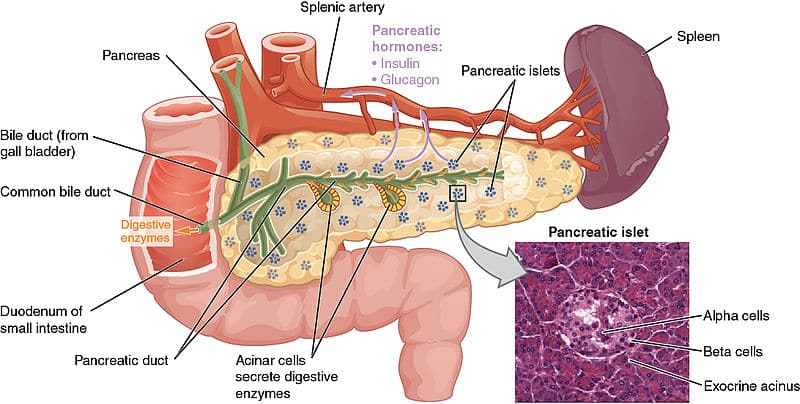



The Exocrine Pancreas Function Secretion Regulation




Zonation Of Pancreatic Acinar Cells In Diabetic Mice Sciencedirect




Endocrine Exocrine Signaling Drives Obesity Associated Pancreatic Ductal Adenocarcinoma Sciencedirect
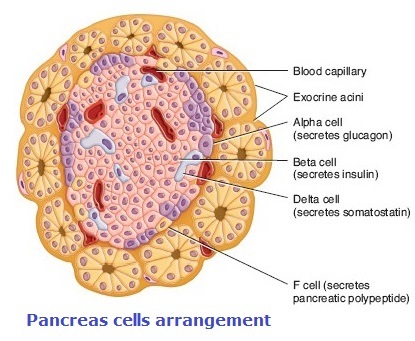



3 Pancreatic Cells Their Types And Functions In The Body




3 Exocrine Pancreas Flashcards Quizlet



0 件のコメント:
コメントを投稿